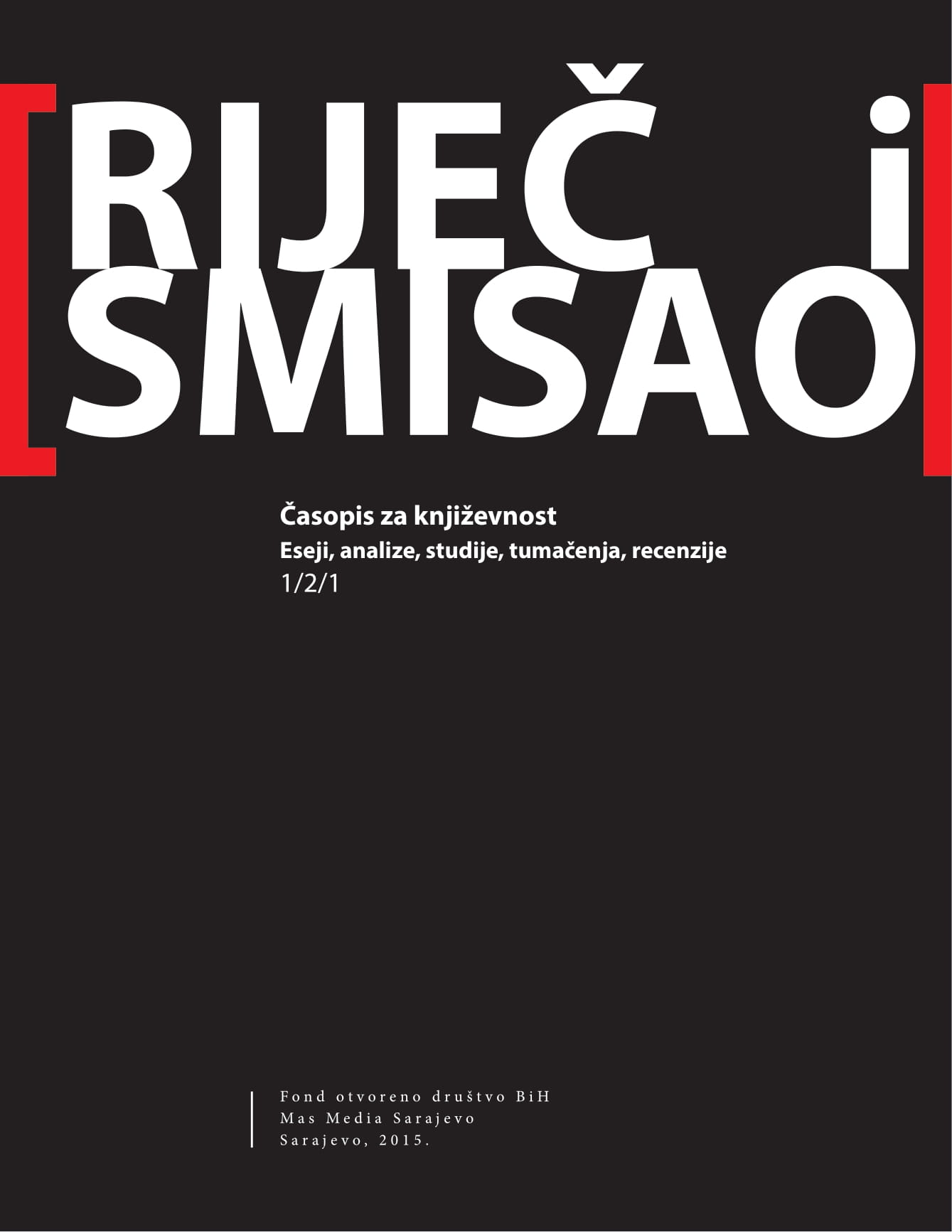Čija je lutka Nora?
Whose Doll is Nora?
Author(s): Fatima BilčevićSubject(s): Social Sciences, Gender Studies, Studies of Literature
Published by: Mas Media d. o. o.
Summary/Abstract: This interpretation of Ibsen’s play „Nora“/“A Doll’s House“ is focused on the last scene, where Nora leaves her home and family. This scene is usually the point of disagreement and dissent of many critics, whether it refers to the play itself, the leading character or Ibsen’s engagement. The text offers an overview of these critiques, which portray the drama either as the clearest and deepest expression of the female question up to that point in history, or as an expression of every person’s need for self-realization. However, the interpretation also draws attention to the one-sidedness of Nora’s declamation of women’s emancipation, as well as the lack of motivation seen in the last act of her acuteness of judgement and self-realization. Nora’s language register, as that of a women’s rights activist, has nothing in common with the way she speaks earlier on in the drama. By playing the role of a doll, first in her father’s and then in Helmer’s theatre, Nora – according to this interpretation – ends up being a doll in Ibsen’s theatre which was supposed to free her of that role.
Journal: Riječ i smisao
- Issue Year: 1/2015
- Issue No: 2
- Page Range: 59-70
- Page Count: 12
- Language: Bosnian, Croatian, Serbian

